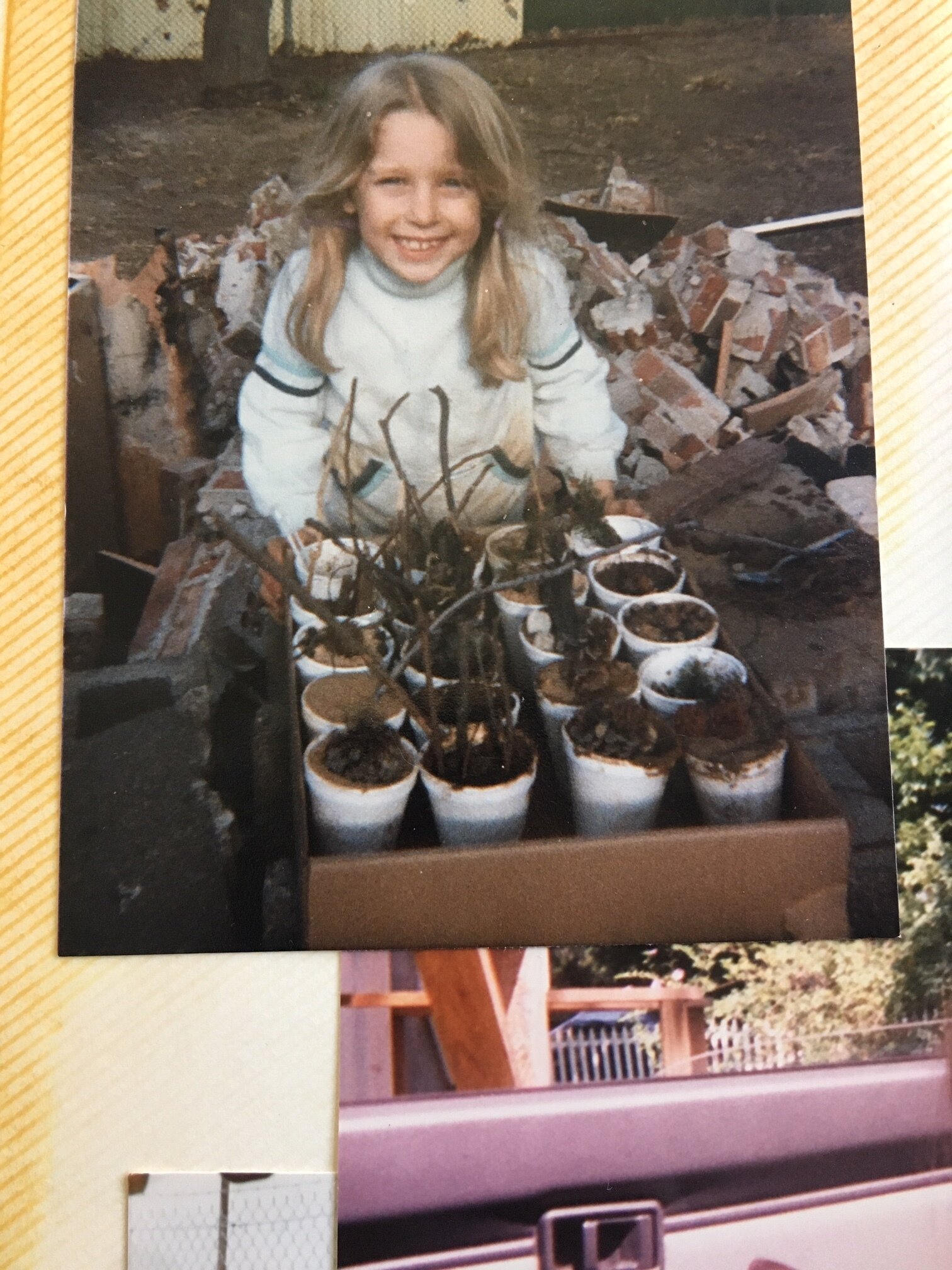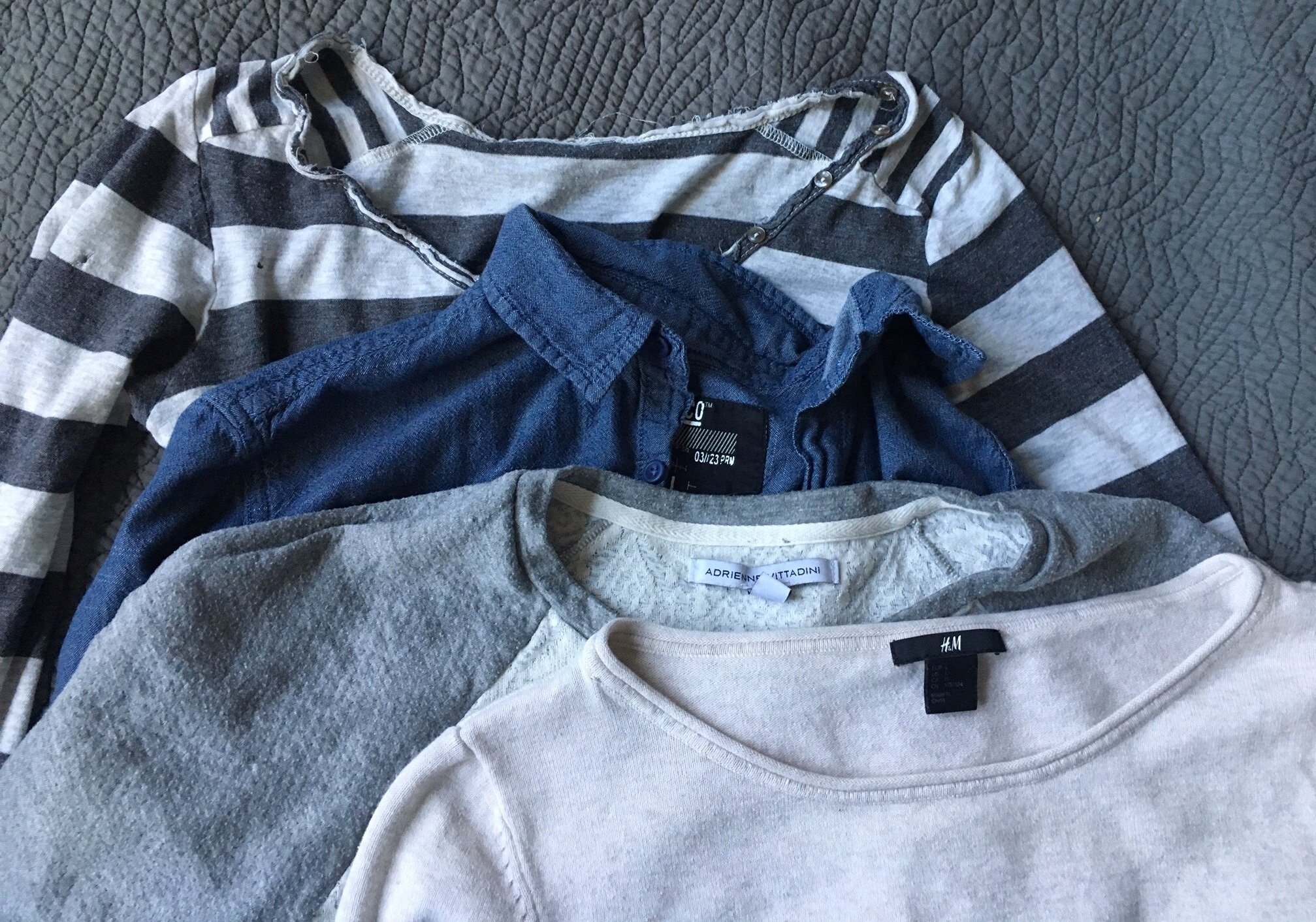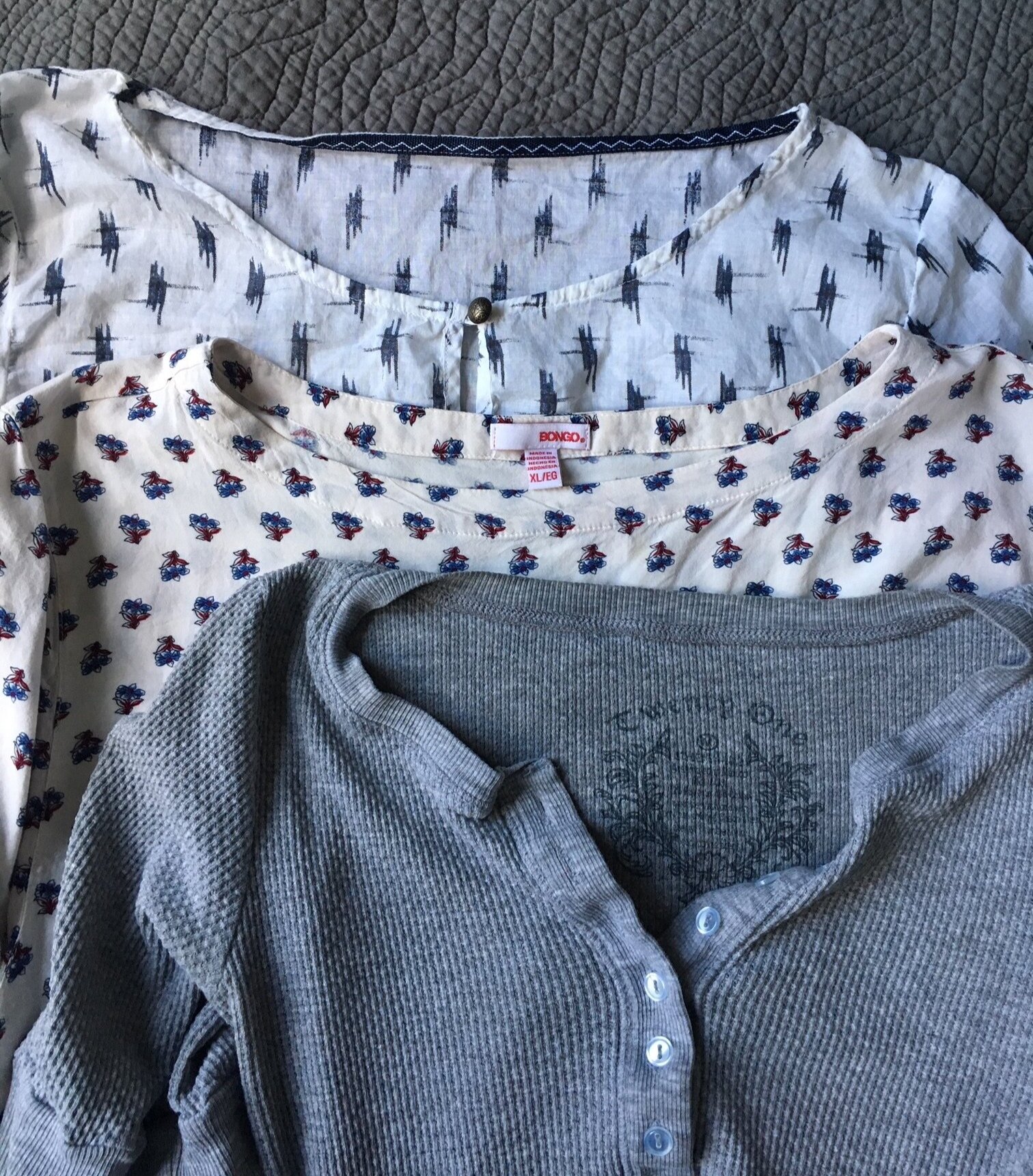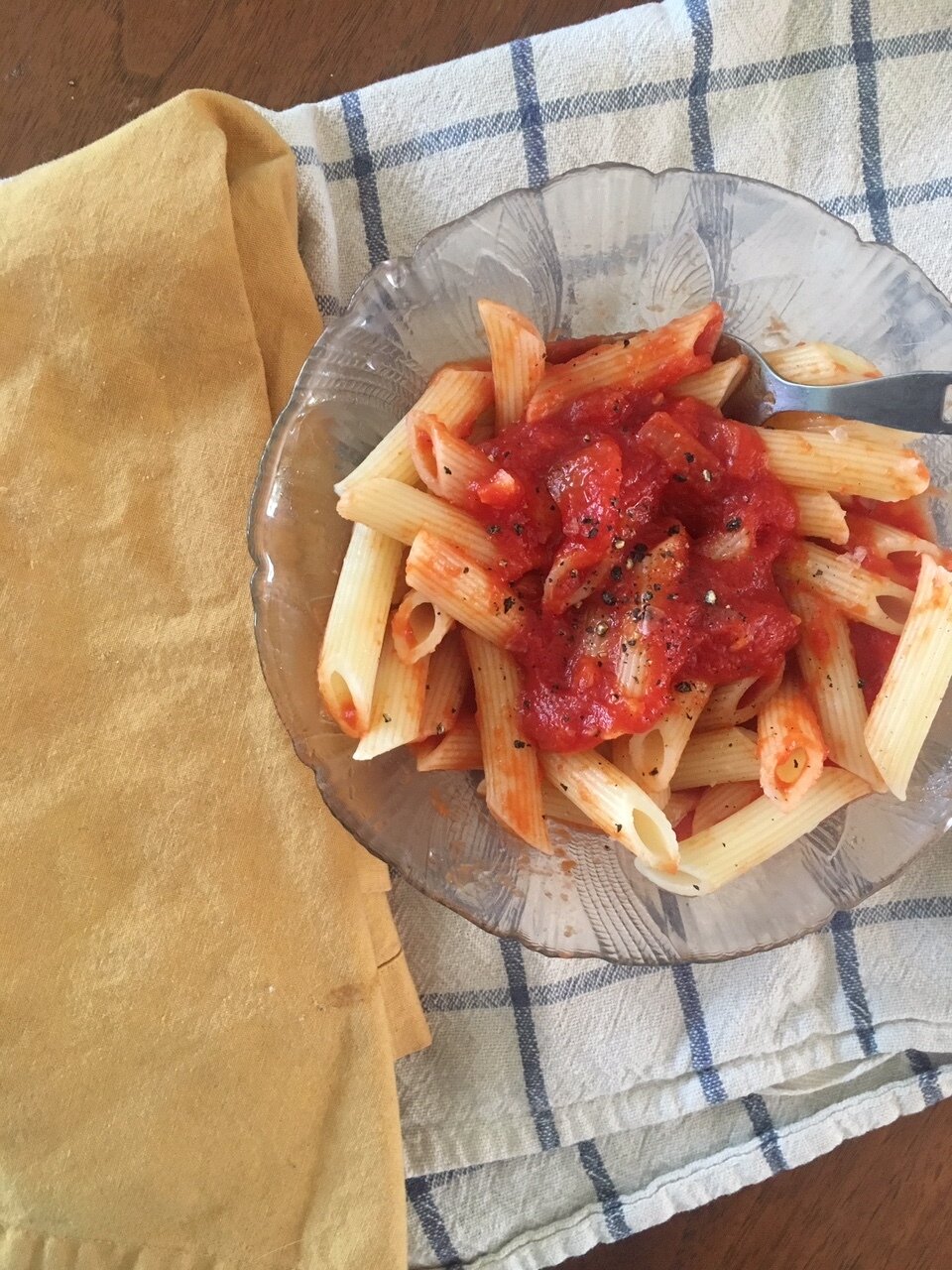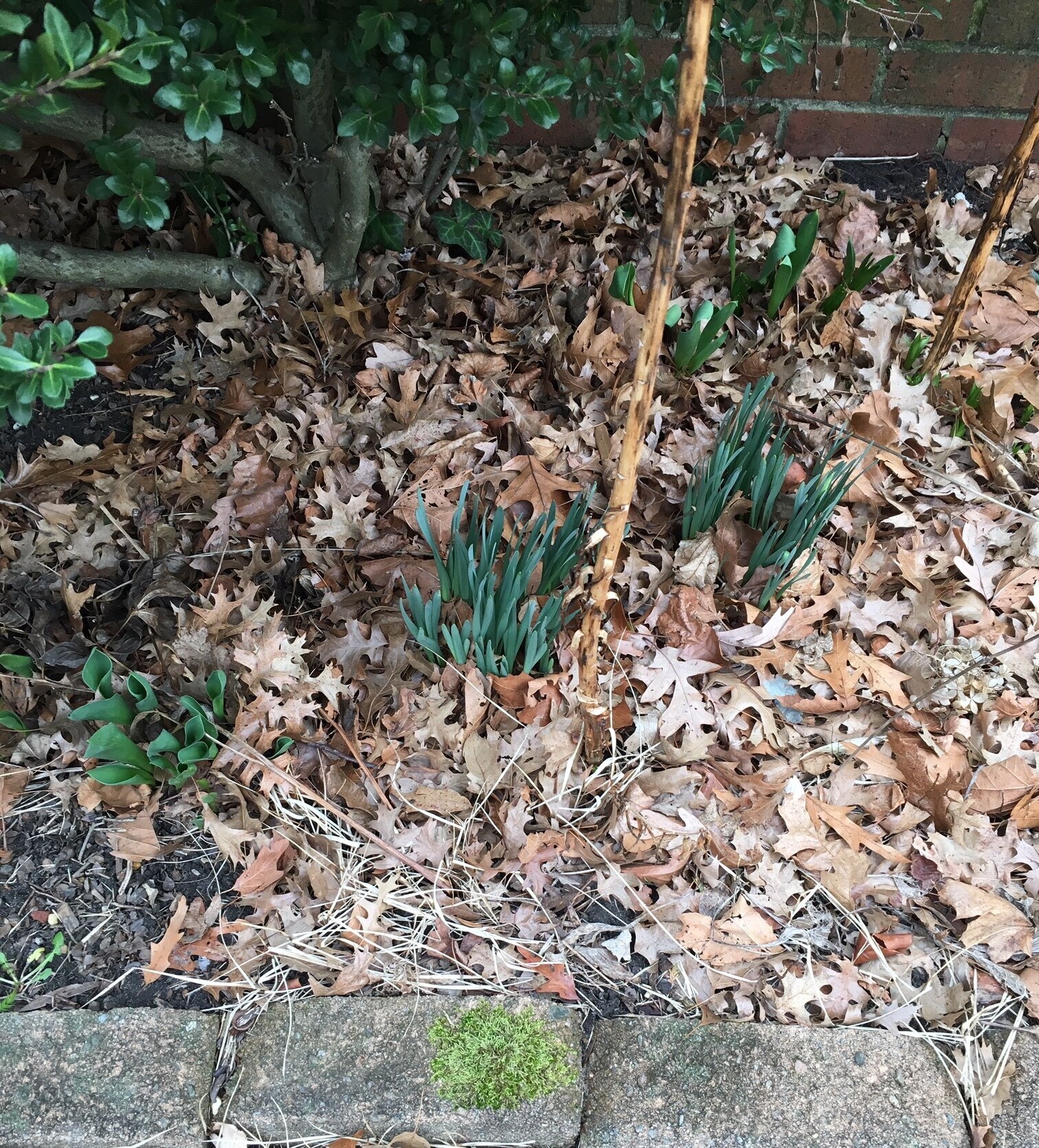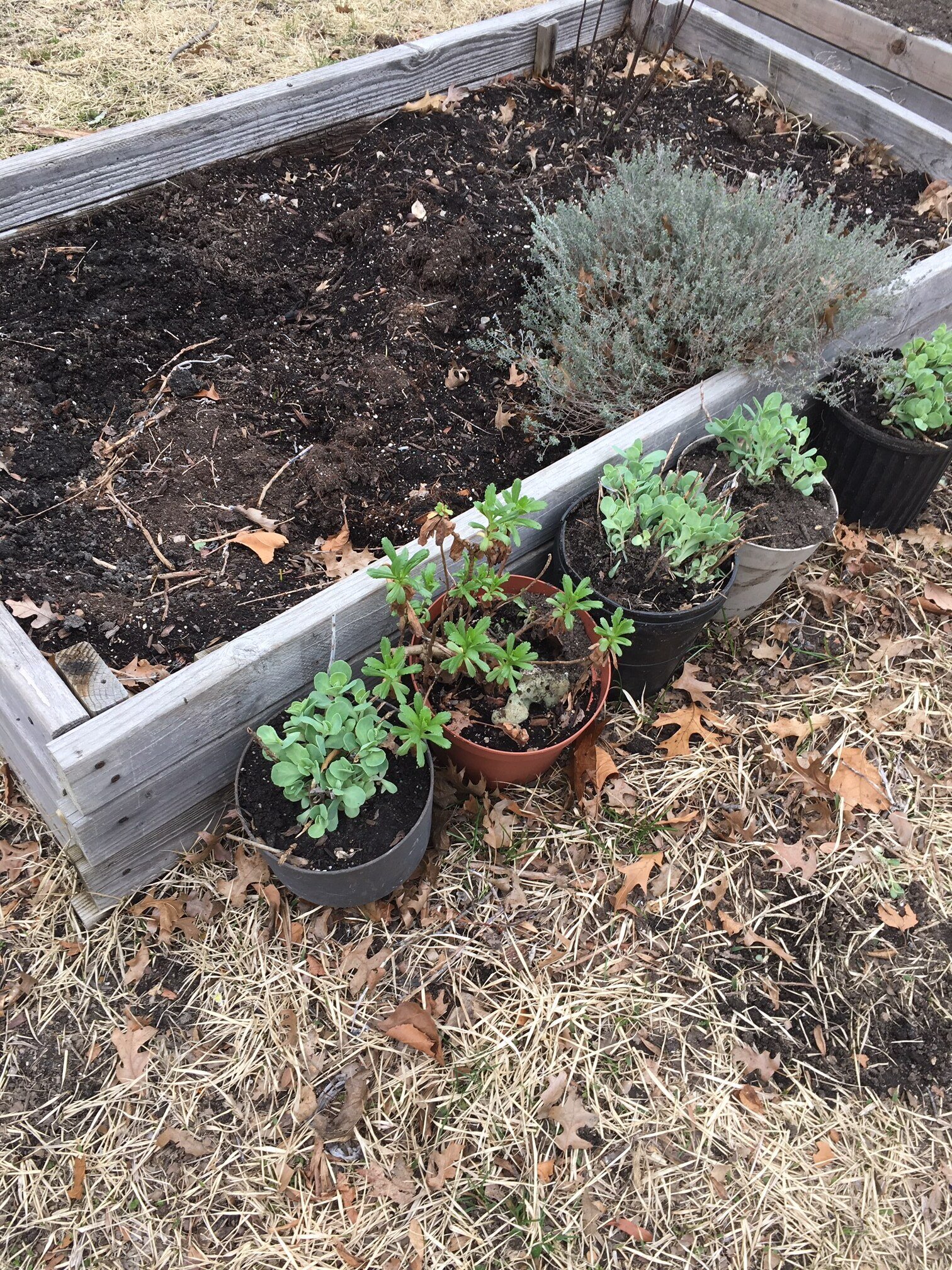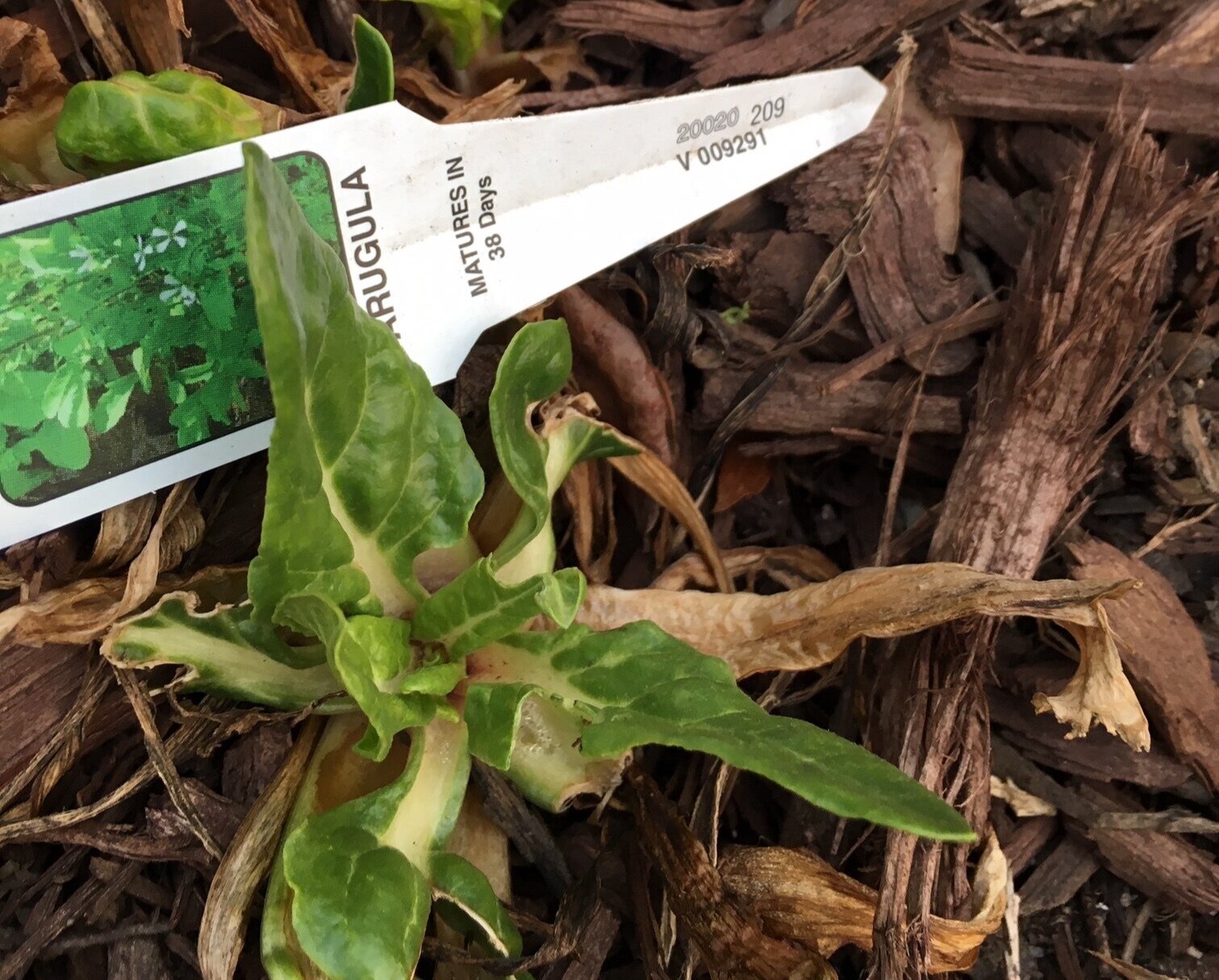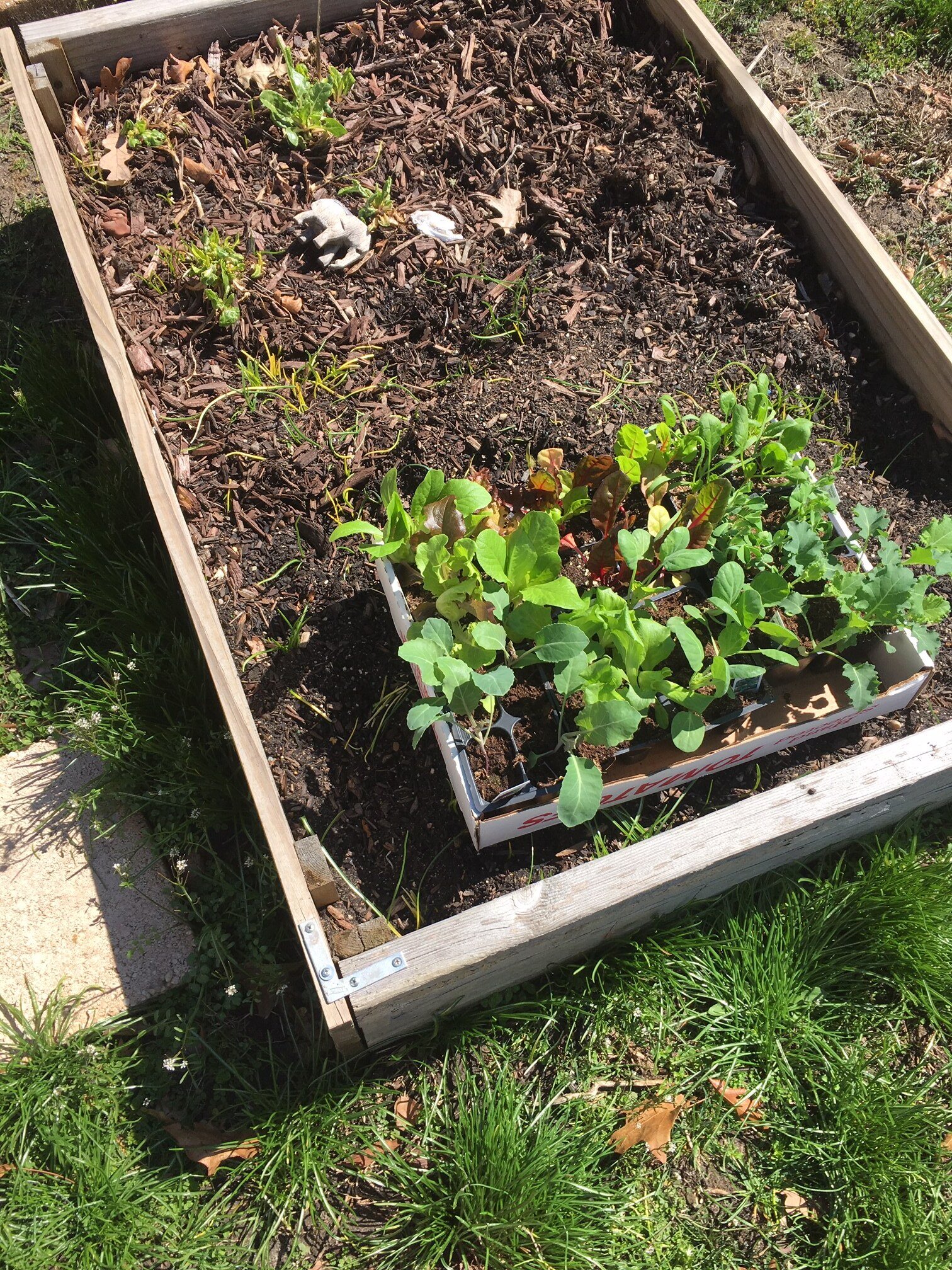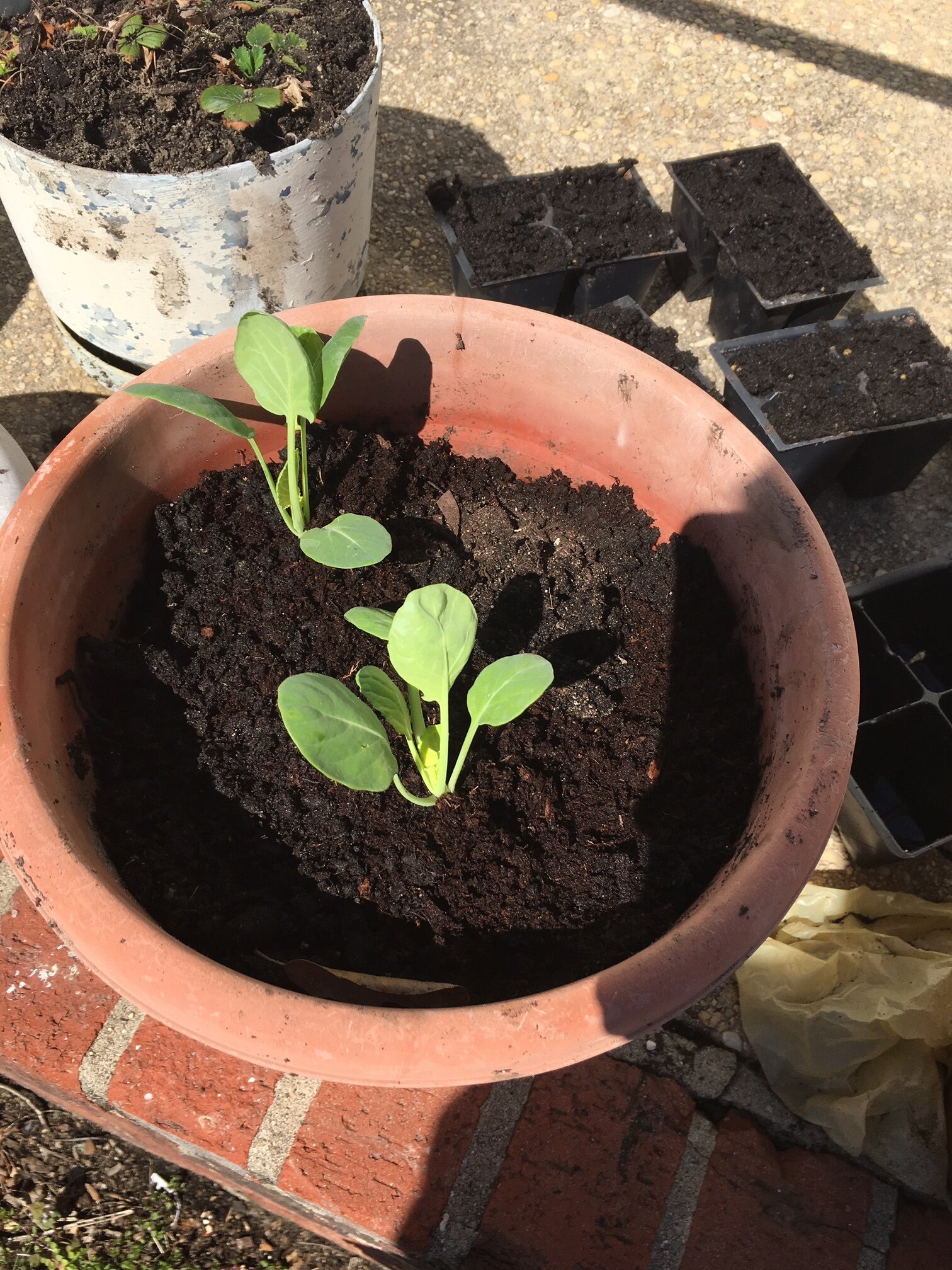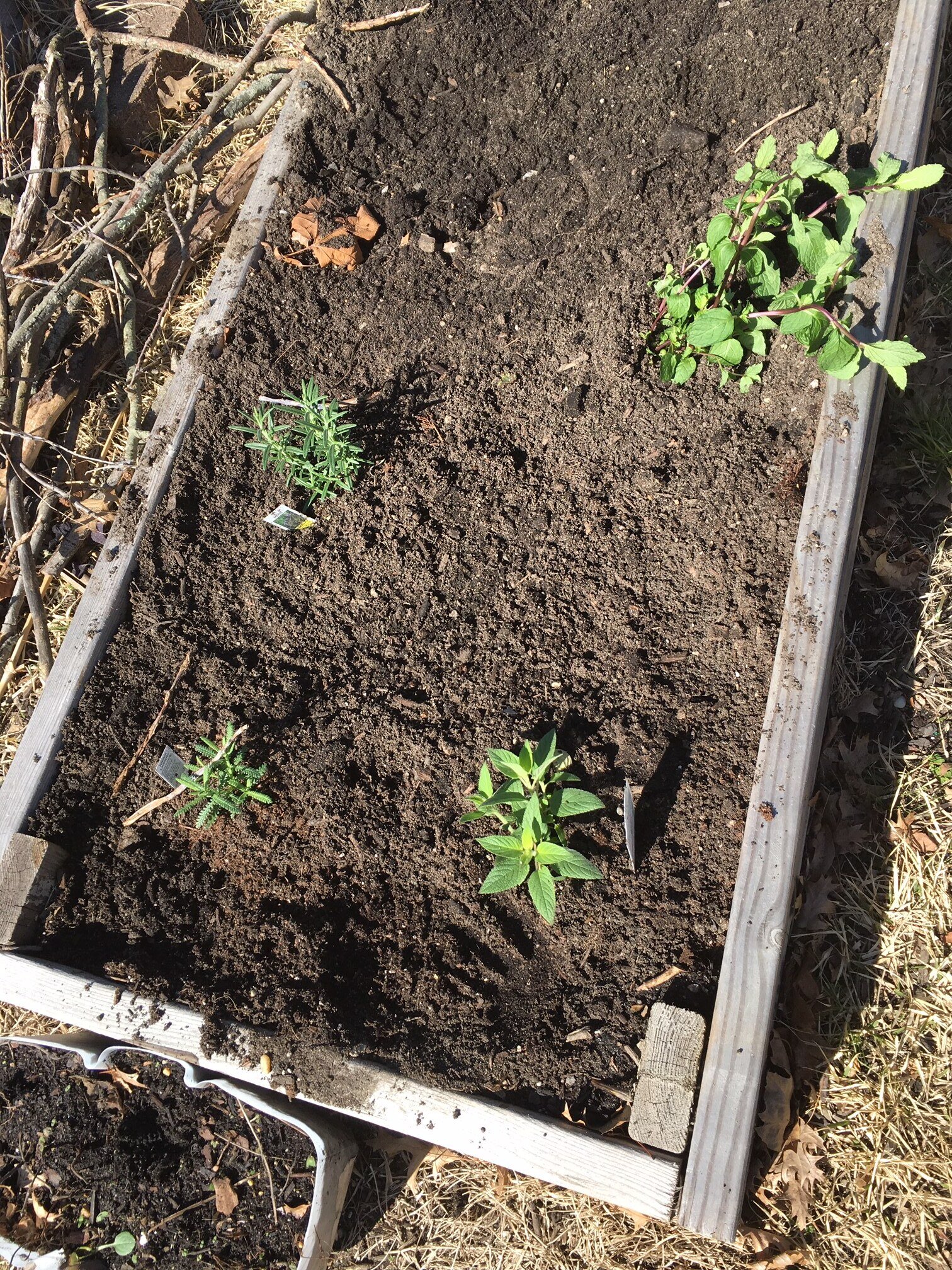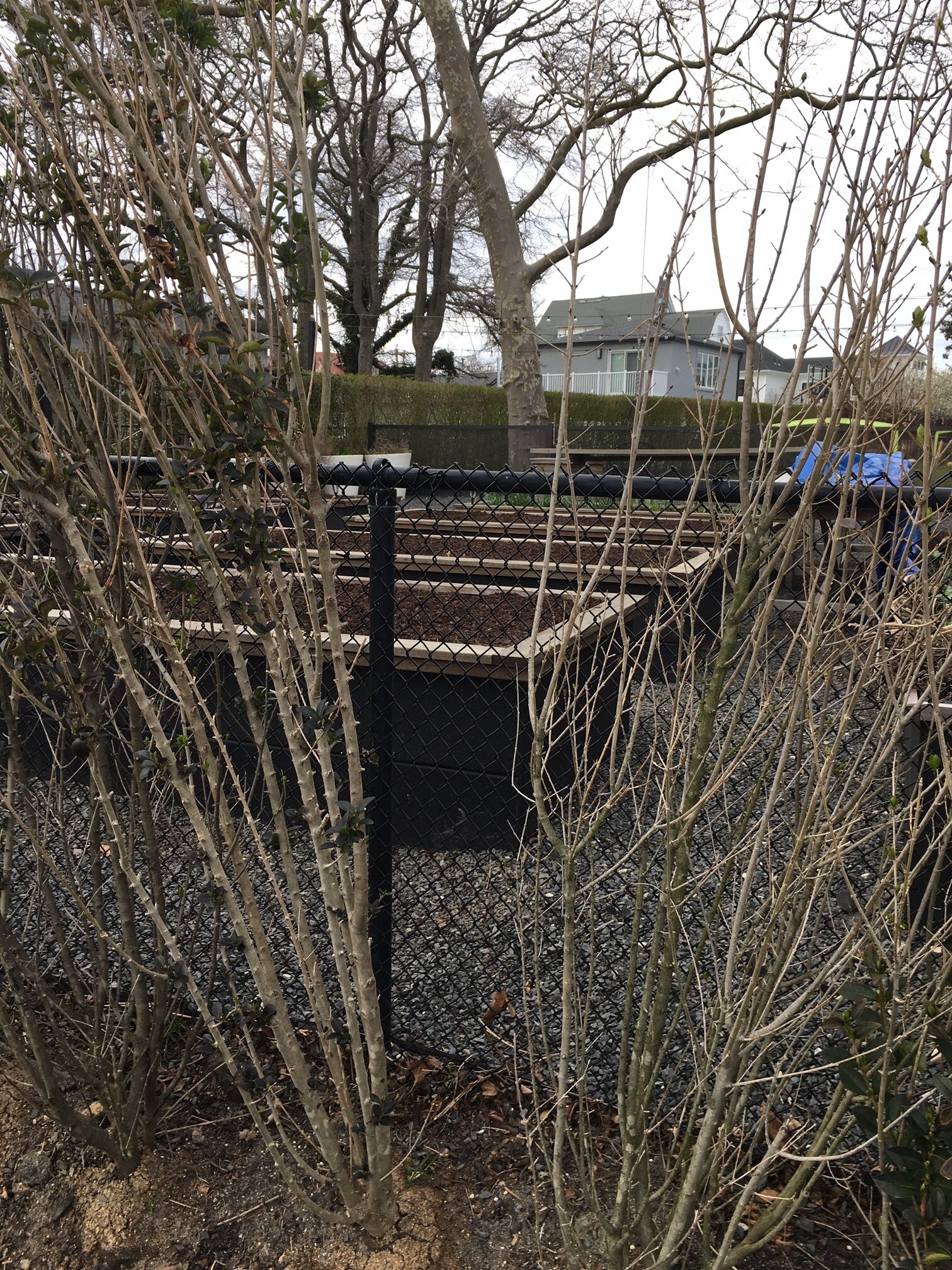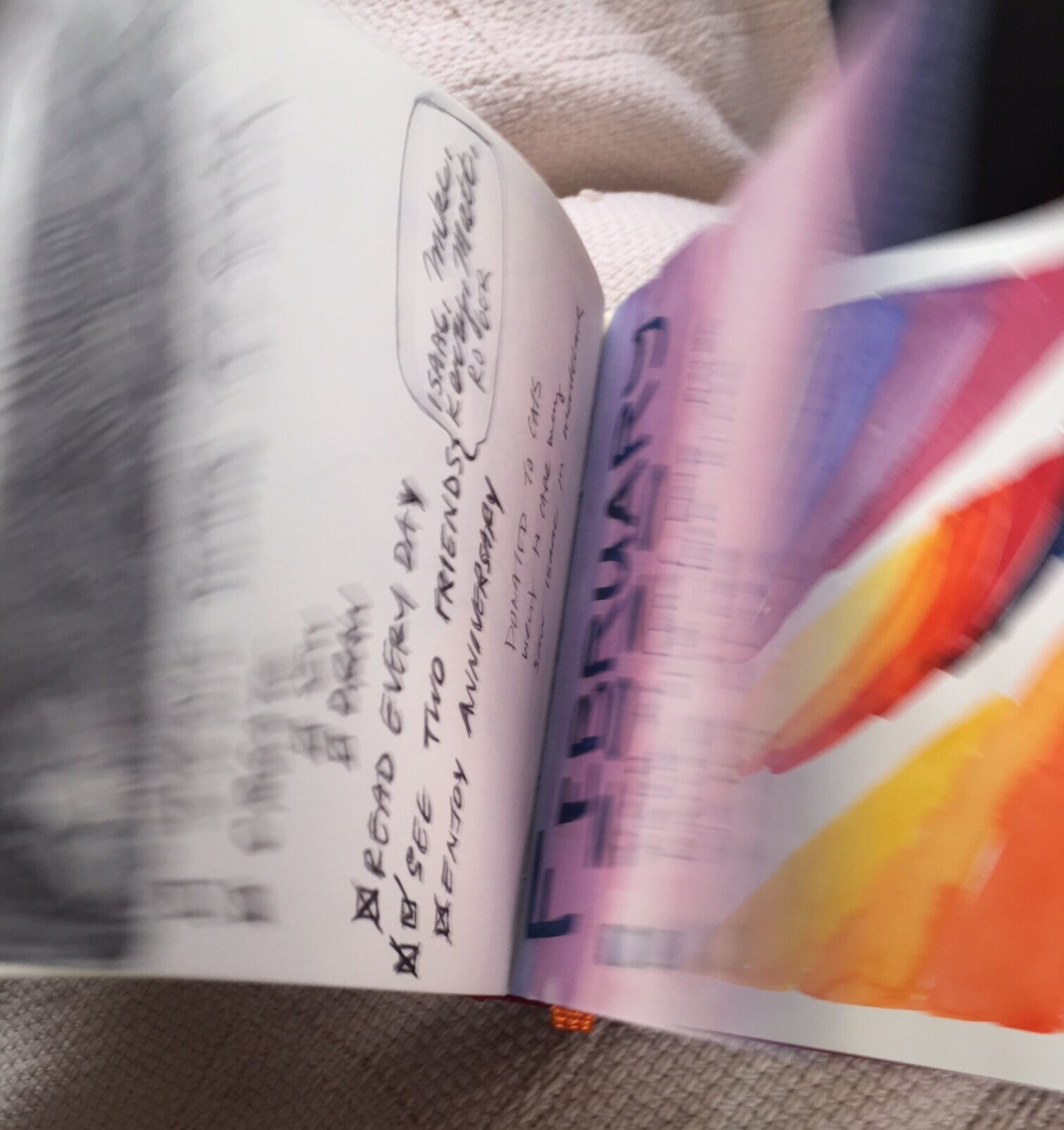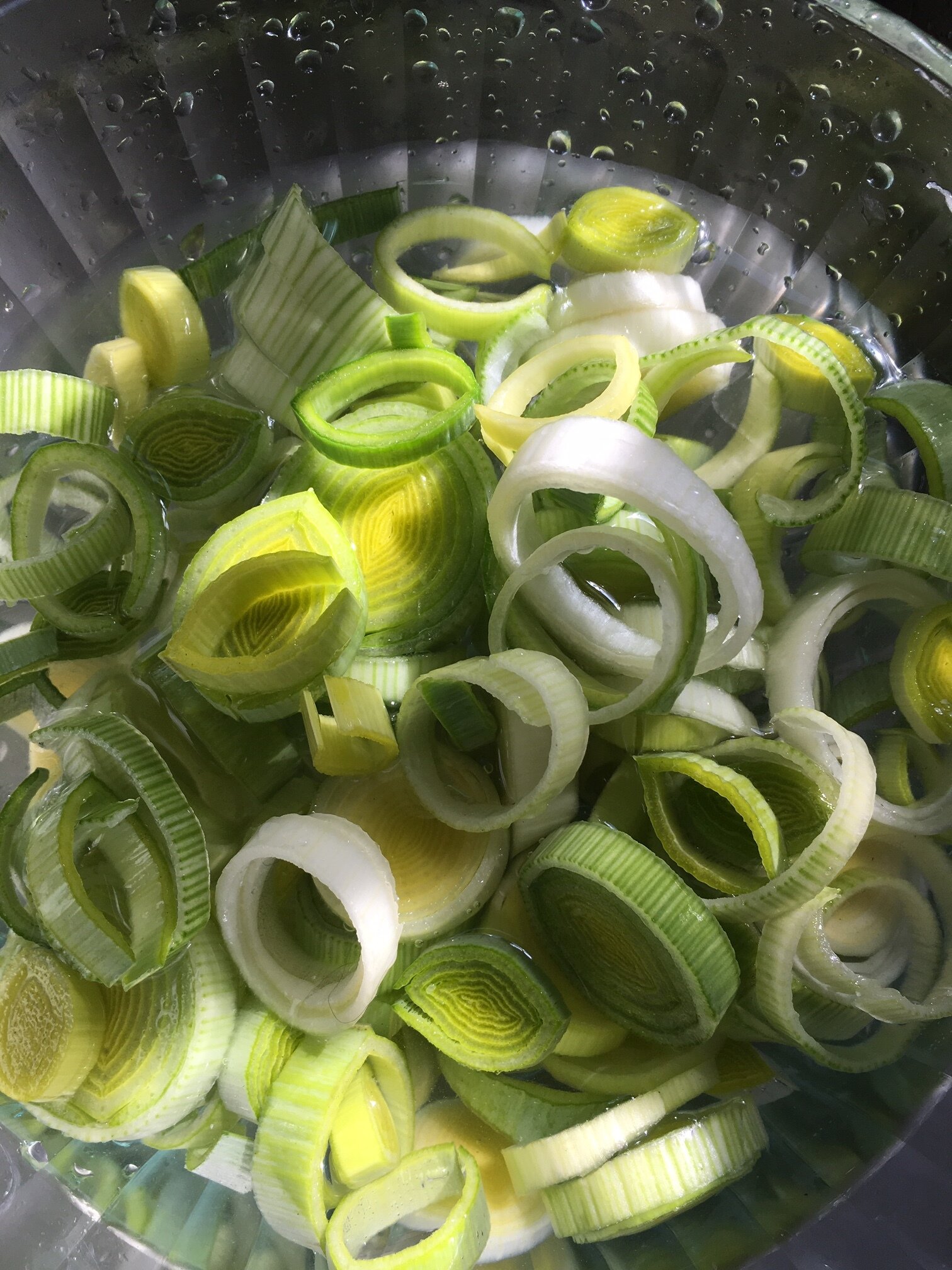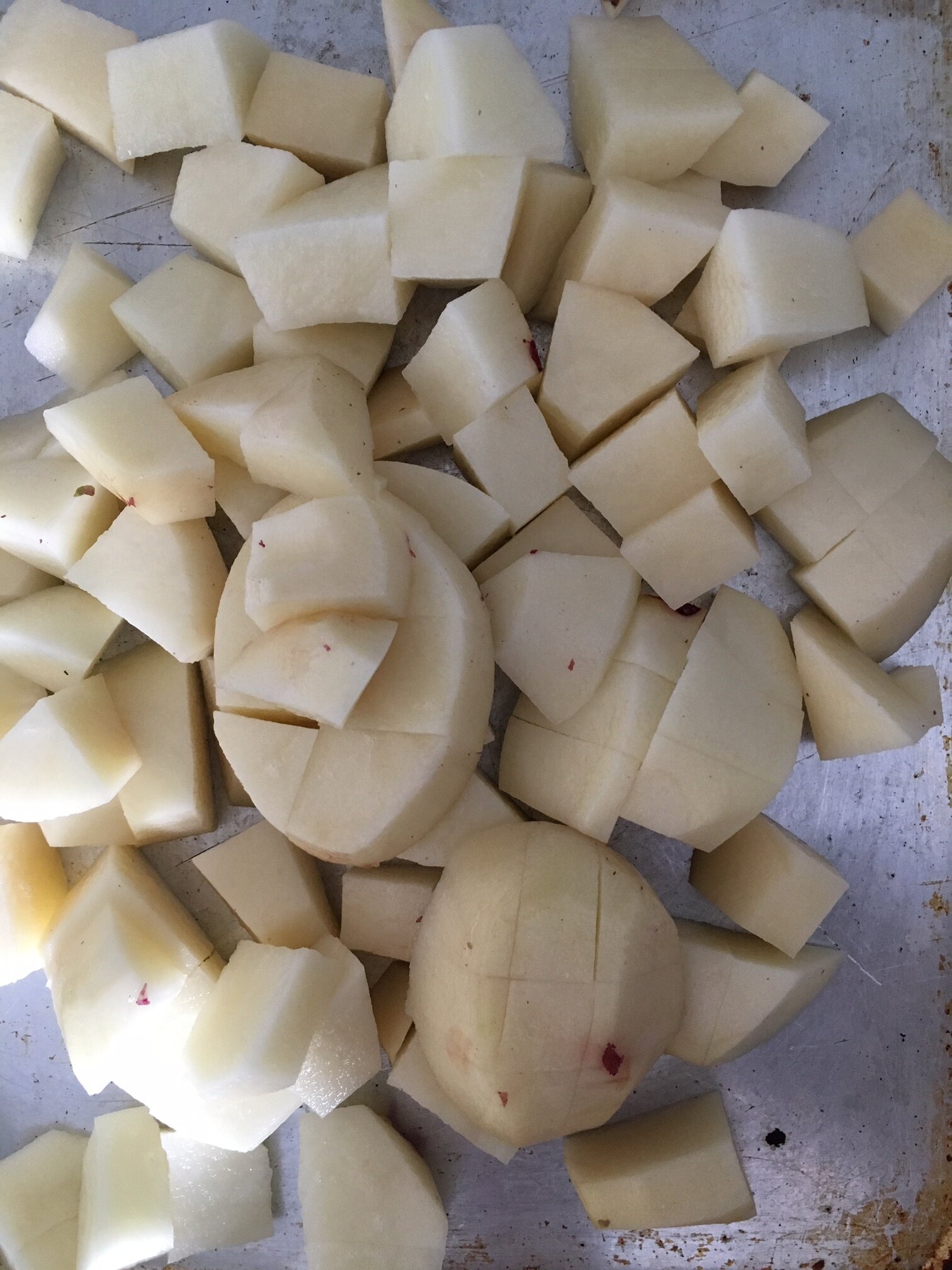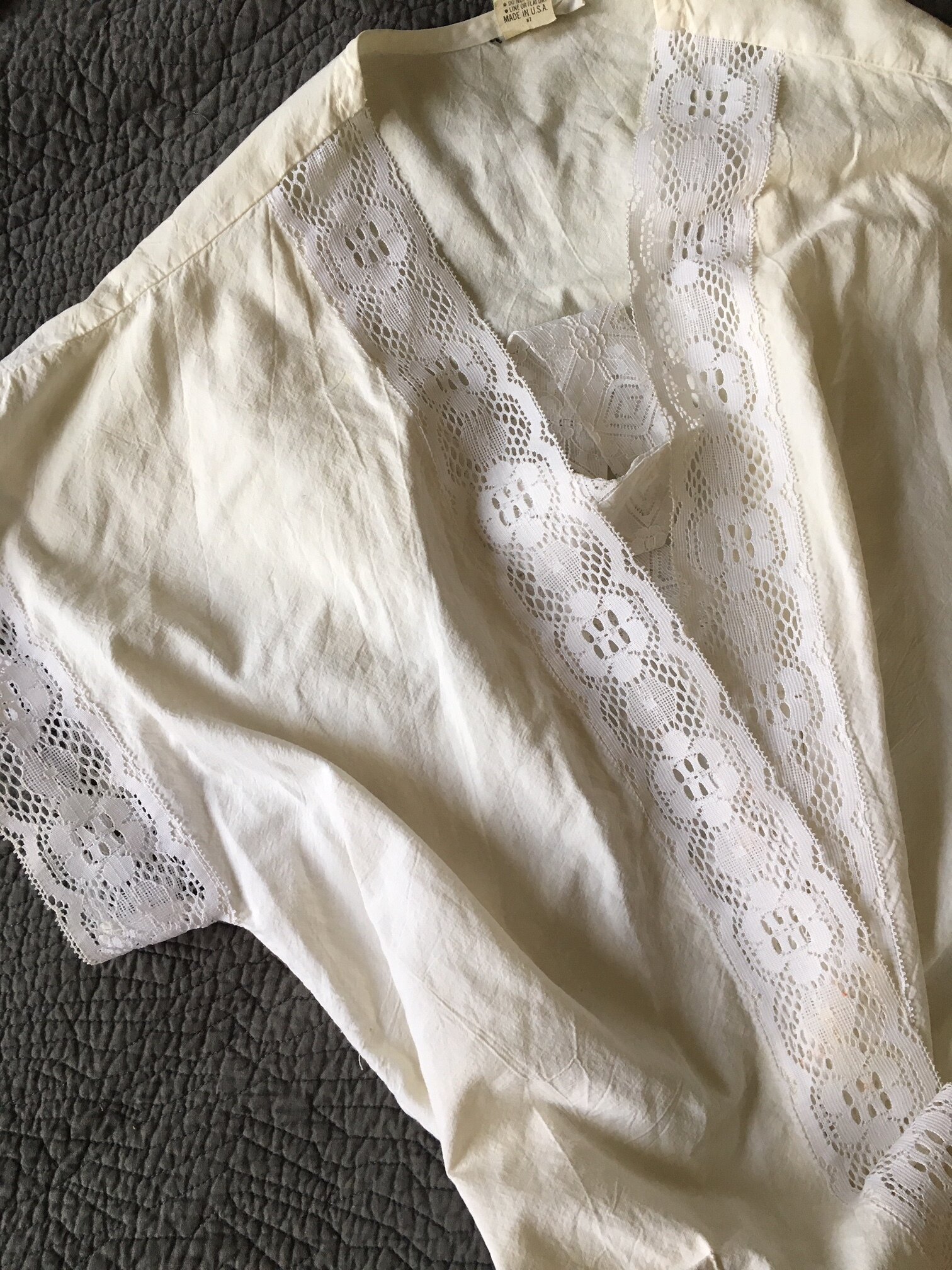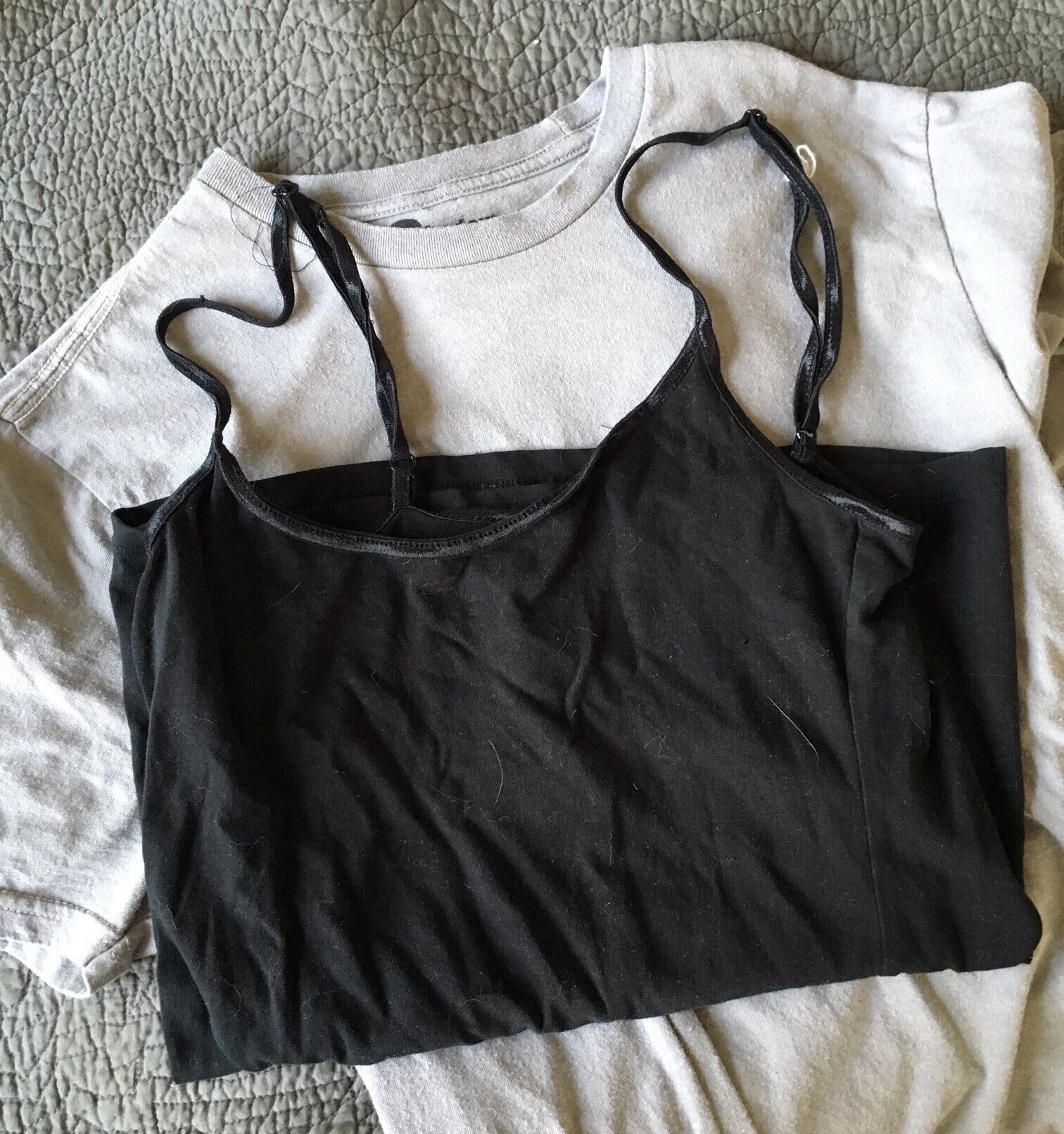I was homeschooled until I was eight and a half, and then again later in life. My mother was was my primary teacher, but I feel that everyone I met taught me. Find the first part of my story here. When I was almost nine years old, I started going to school part time.
When I was eight and a half, I remember the age distinctly, my parents decided to try school again. I don’t know why it was so at this time, but I remember that it was very much talked about and I was involved in the decision. For the first 6 months it was on a trial basis. We started only going part time. It might come as no surprise that the school my parents chose was one for alternative education.
The New School of Monmouth County is a private alternative school started by an English woman in the 70s. This year is it’s 50th anniversary! It started out in borrowed spaces until it got it’s current home in Holmdel NJ. There are several well known alternative style school in the US (monessori being one), but The New School is unlike any that I have seen, it’s one-of-a-kind and unique. It is based on the British intergrated day, which follows the idea that all your subjects can be learned in project or theme based work, instead of having set subject classes to go to at certain times. Each year, an over arching theme is chosen. Projects within those themes, as well as work sheets and side projects, are how students get their math, science, history, geography, etc… There are no set classes for these subjests and much of the learning is self guided.
TNS (The New School) is family grouped into three classes, approximately equivilant to K, 1st, 2nd grades in one class. 3rd, 4th, 5th in another, and 6th, 7th, 8th in the last. We call them Little Class, Middle Class, Older Class. These groups are roughly based on age, grade, educational advancement, and emotional advancement. Meaning sometimes a younger child might be in the middle class, sometimes an older child will stay in the little class, and occationally, a student will stay an extra year or two before graduating on to highschool. When I came into TNS, I started in the Middle Class. Each class room in the rambling red school house has no desks, no chalkboard or white board, no school like structure. The rooms do have communal tables, pillows on the floor, lofts, books, games, art supples, “junk” areas, tote trays for students to keep their work in, and other items catered to the age group or area of the school (a science solar room, the library, a music room…). Every morning, after students arrve and put away thier jackets or back packs in the lockers which are scattered through out the buildling, and after they have stored thier lunches in the communal kitchen, each class holds a Book Corner. Book Corners are held twice a day, once in the morning for everyone to touch base and see what they will be working on for the day and once in the afternoon, to recap and look towards the following day. There’s a snack and lunch time each day, which also incorporates some free play time. Sometimes and some days of the week are devoted to outside classes, like phys ed, which maybe a trip to the park, swimming at the Y, or gymnastics. Sometimes there are contained classes like languages, music, or art. But most of each day is spent working on various projects towards the common goal of incorporated learning.
My earliest memories was going to my first ever Gingerbread Night. There are many such events throughout the school year. Here the school gathers to make innovative and creative gingerbread houses, sometimes following the year’s theme. Out of school activities like these, self guided learning, alternative takes on learning, family groups classes, home style breaks, and more are only a few ways that TNS is like homeschooling. It was a fairly natural and smooth transition from one to the other. Getting used to daily interactivity with other students took some getting used to among other aspects of going to school. But I ended up loving most of the school experience and staying until I was old enough to graduate. I credit The New School with furthering my drive to self educate, to learn about many artists, art forms, different cultures and life paths. Having teachers that were smart, interesting, respectful and willing to listen to the students (as they guide us, we help guide them), had a huge impact on me and my education.
Once I moved into the older class, my mother took over teaching the middle class. She had assisted or volenteered before, but when she would no longer be my primary teacher in the school, she took the class on full time and still works there to this day. Being family grouped was not the only way in which family played a role at TNS. The director, and founder’s children also attended, many siblings were encouraged to attend. I could talk a lot more about TNS, how it works and why it works. Since this is a homeschooling history, the most important thing to note is that TNS and homeschooling share a lot of methods and goals and bother were intregal to my educational development. I left The New School at age 14 and went on to a conventional high school but The New School was never far behind me and I would return to it again and again.
I first returned soon after graduation for a Older Class trip to England. I participated and later taught in the Summer Program at TNS. I went on to teach Language, Color Theory, and Modern Art at the school at various times in my life. For many years I would attend school events regularly or be a chaperone on trips or yearly camping excursions. My mother still works there which makes revisiting easy, but I also deeply believe in the mission and method of the school.
Public high school was an entirely different story….
What was your middle school experience? What kind of school did you attend? Are you interested in alternative education? Have you ever researched or visited or attended any alternative education institutes?

